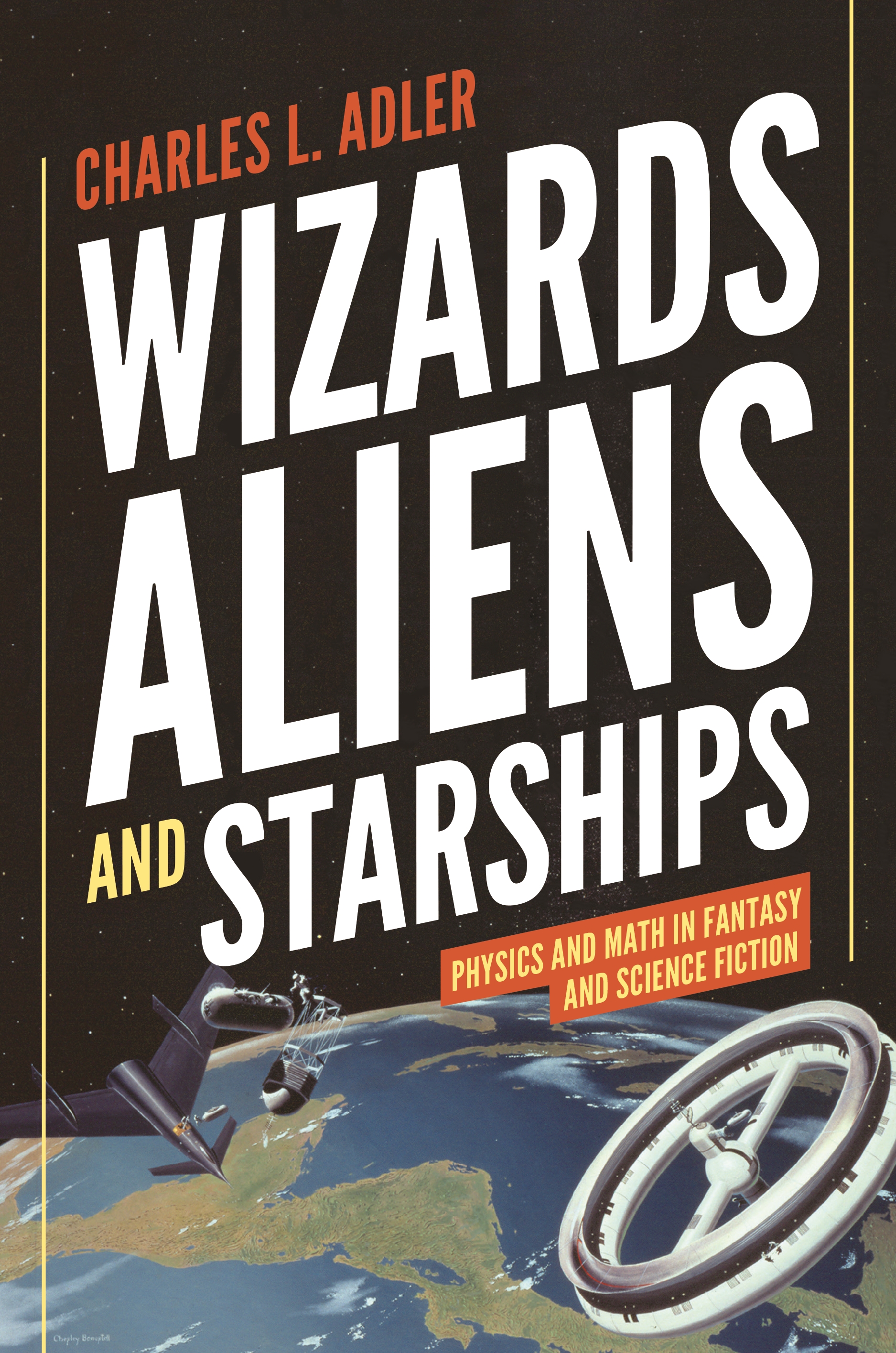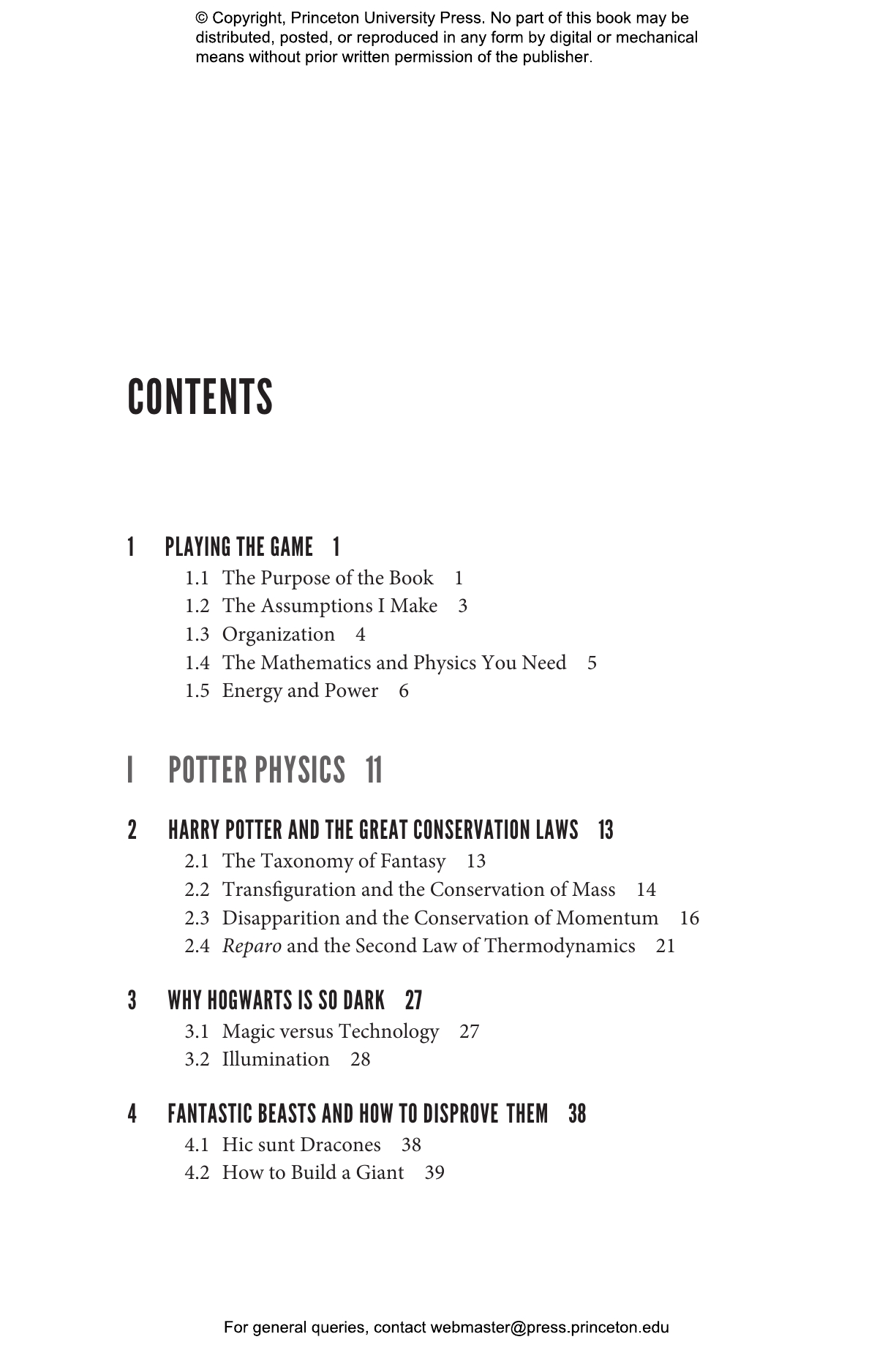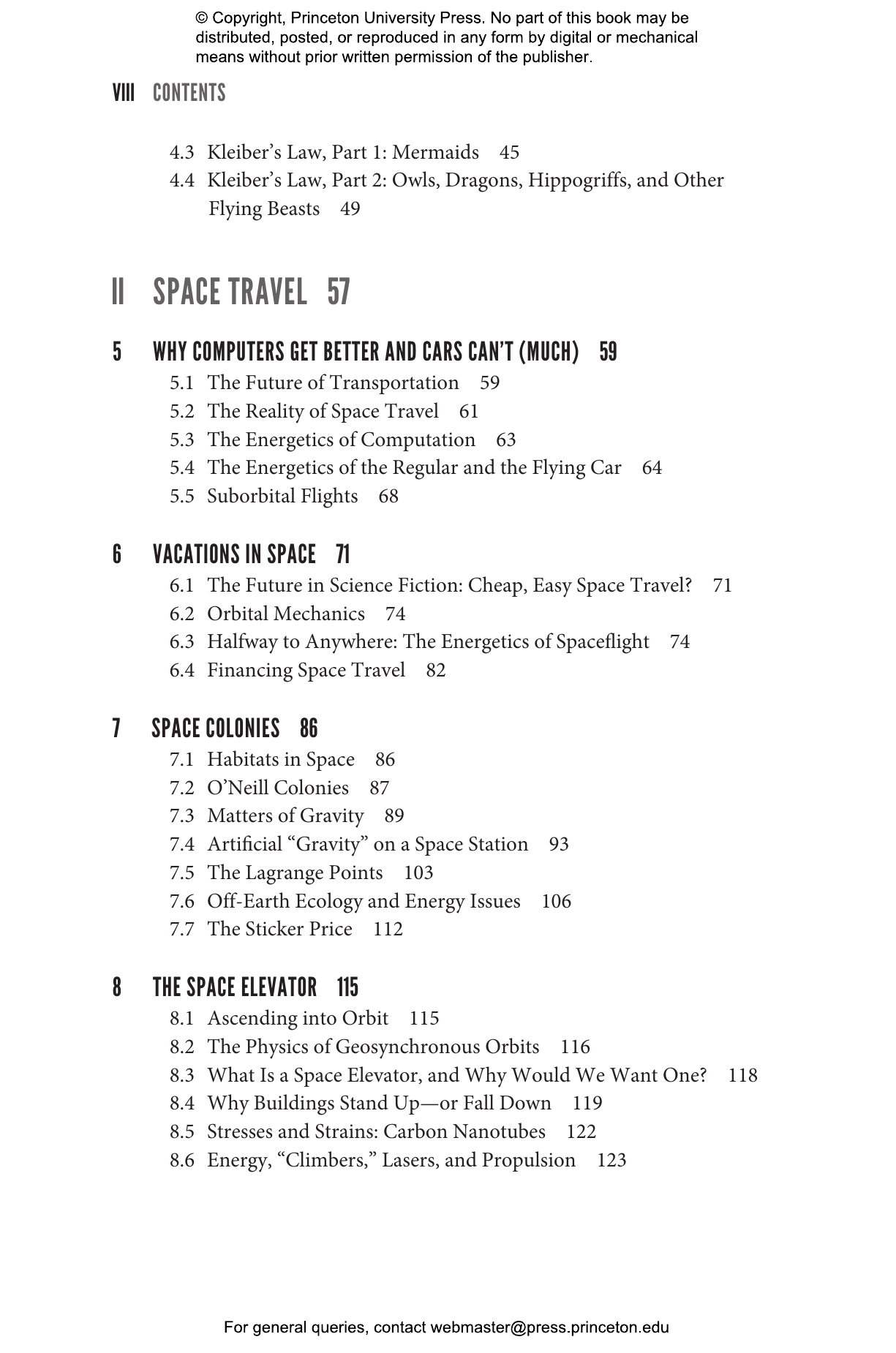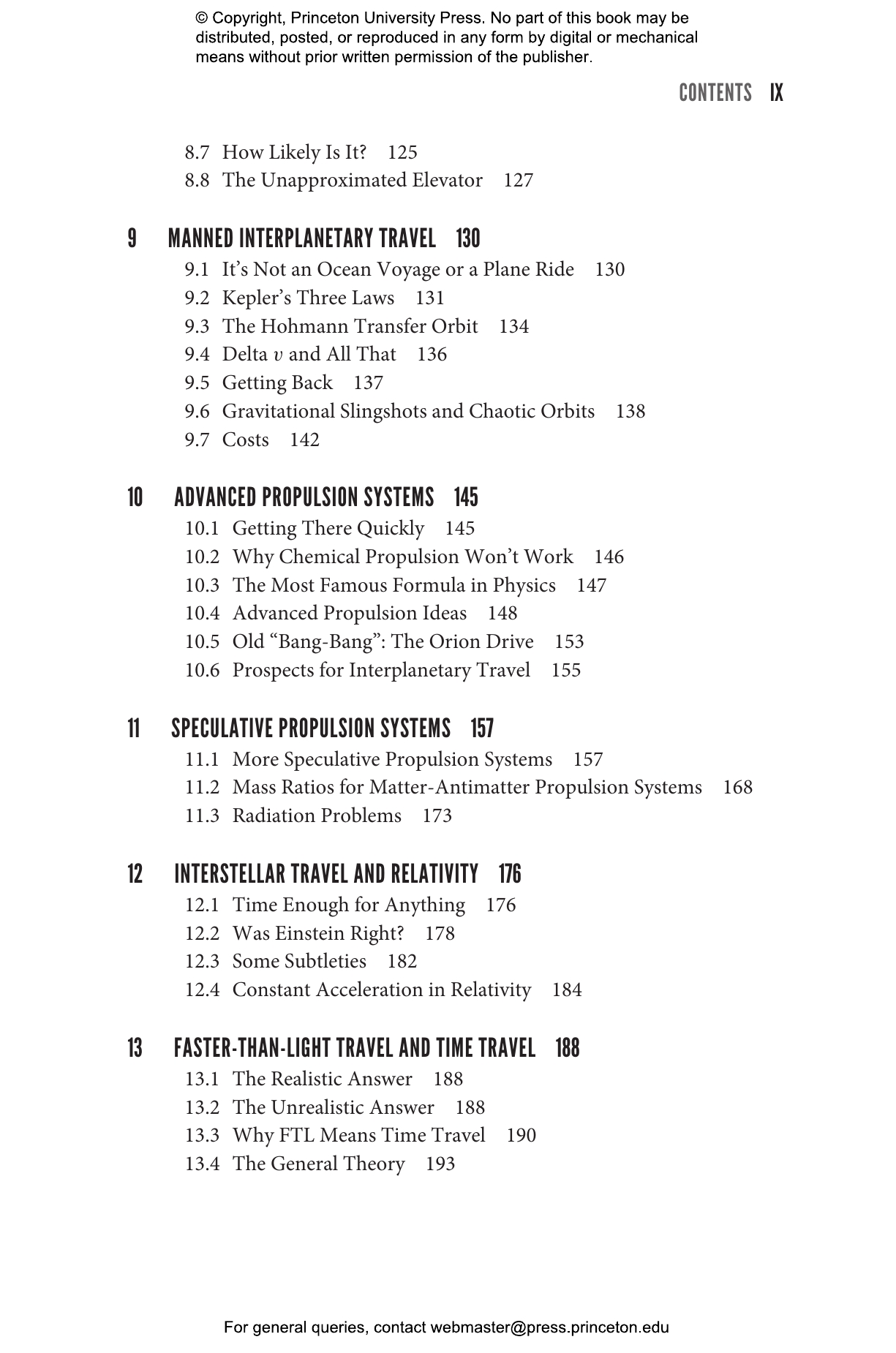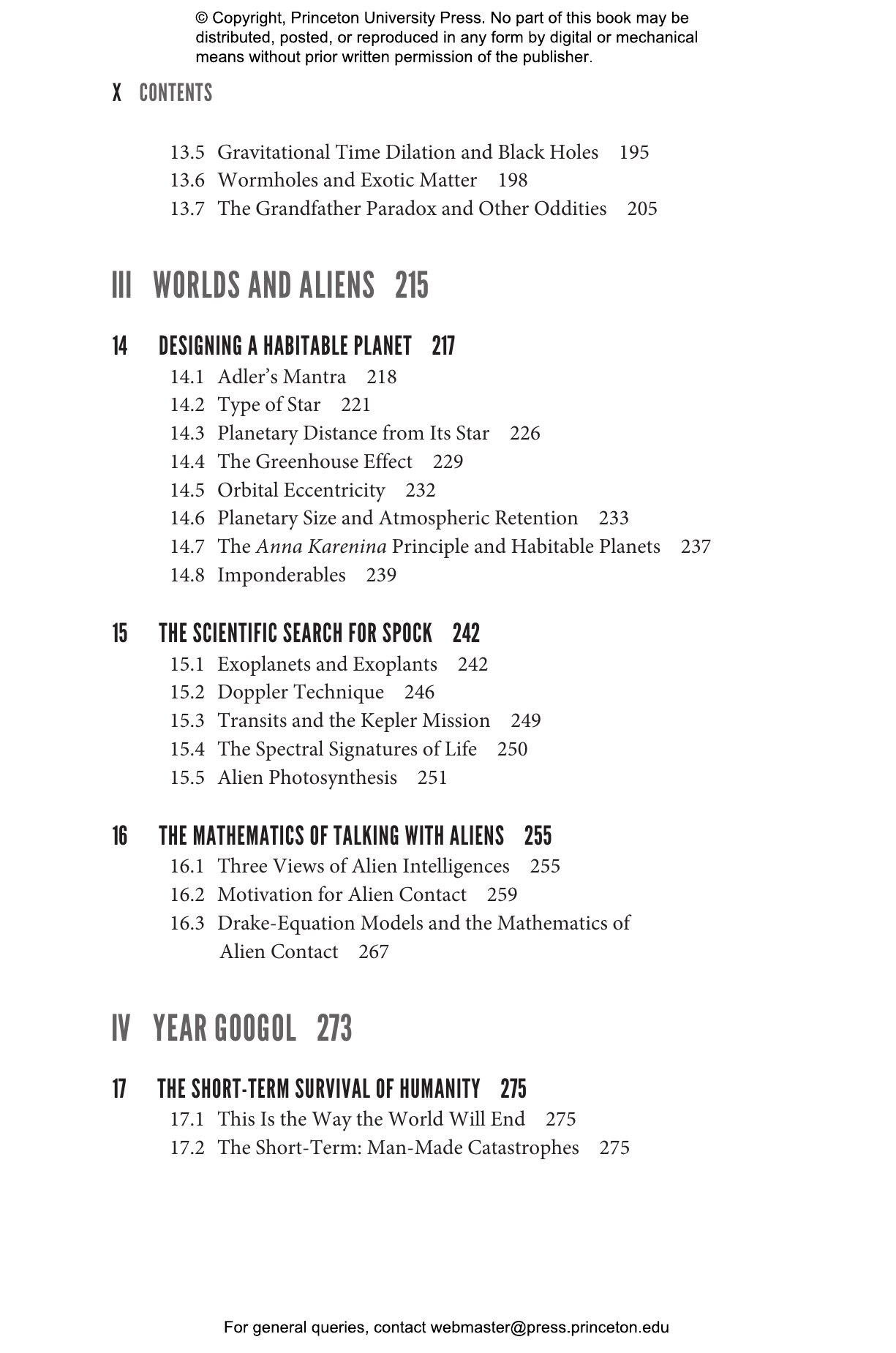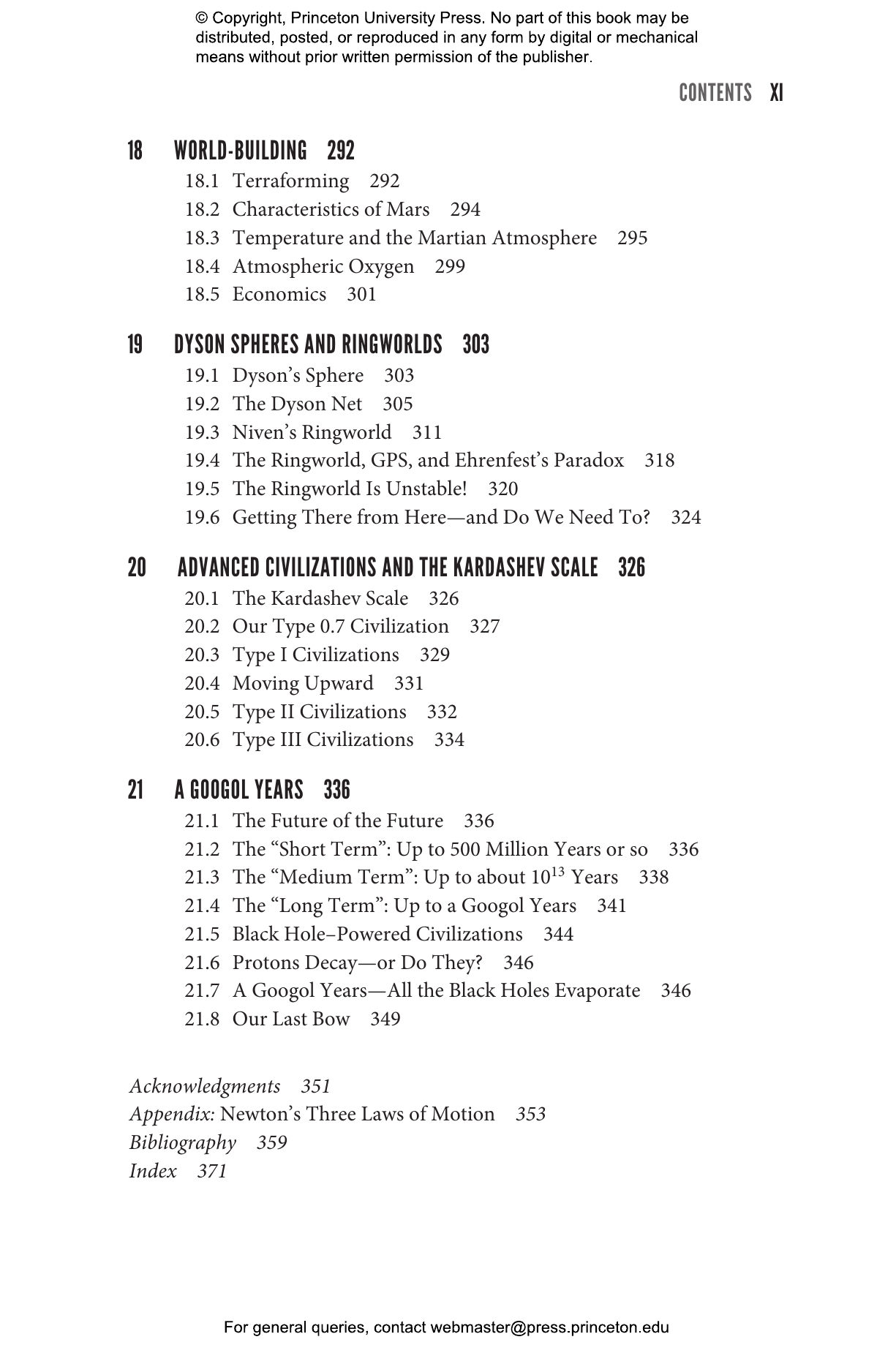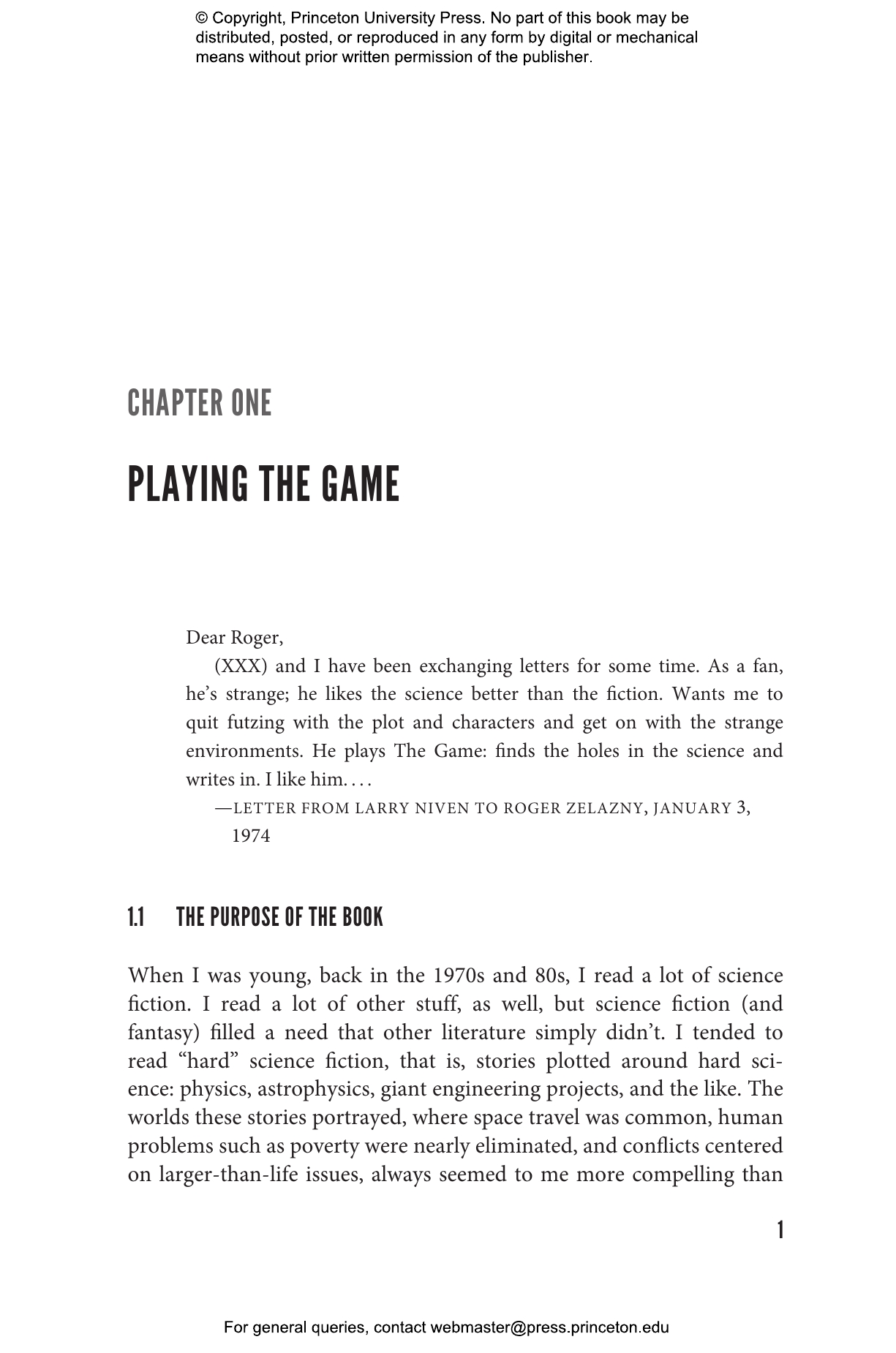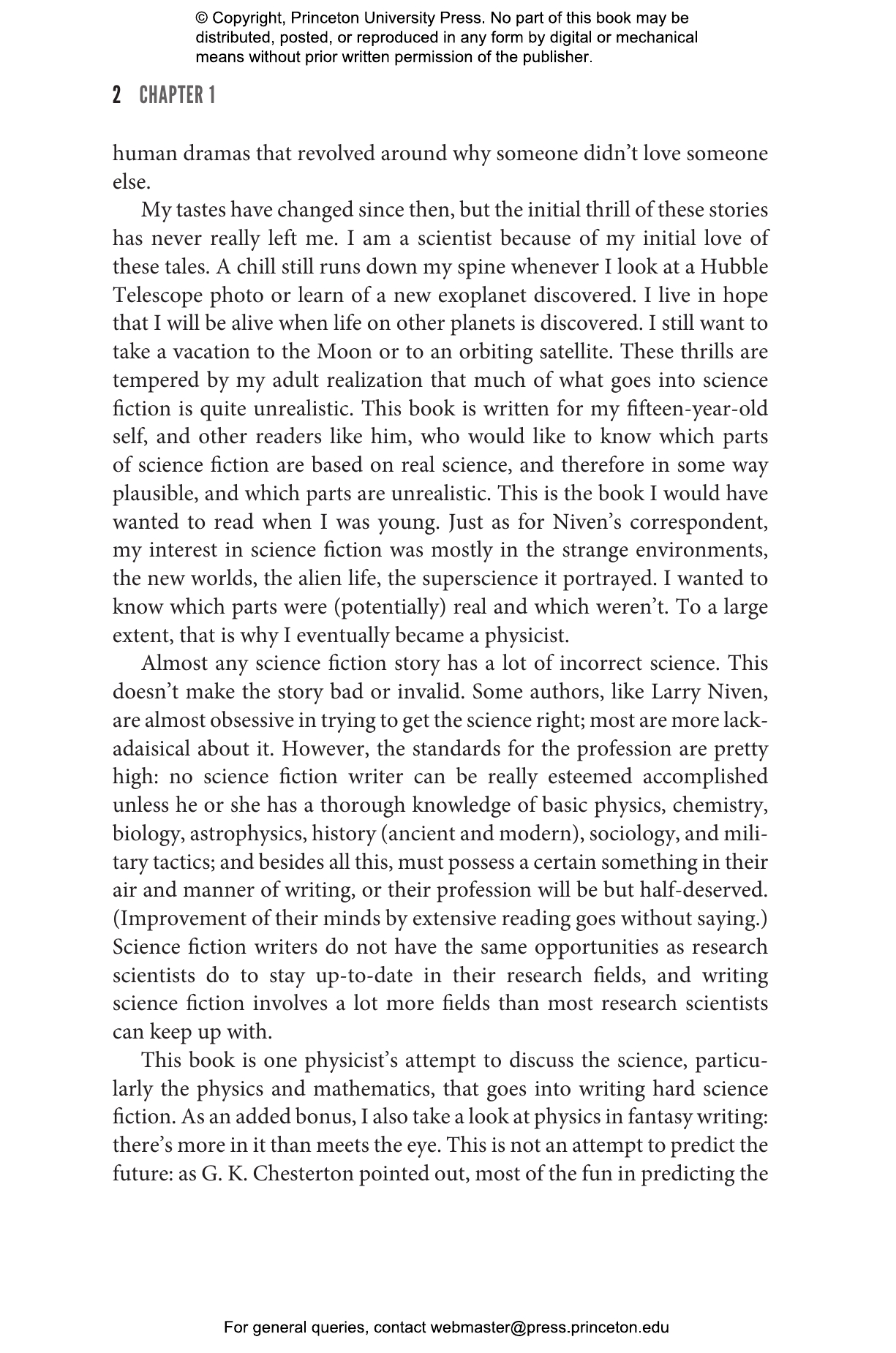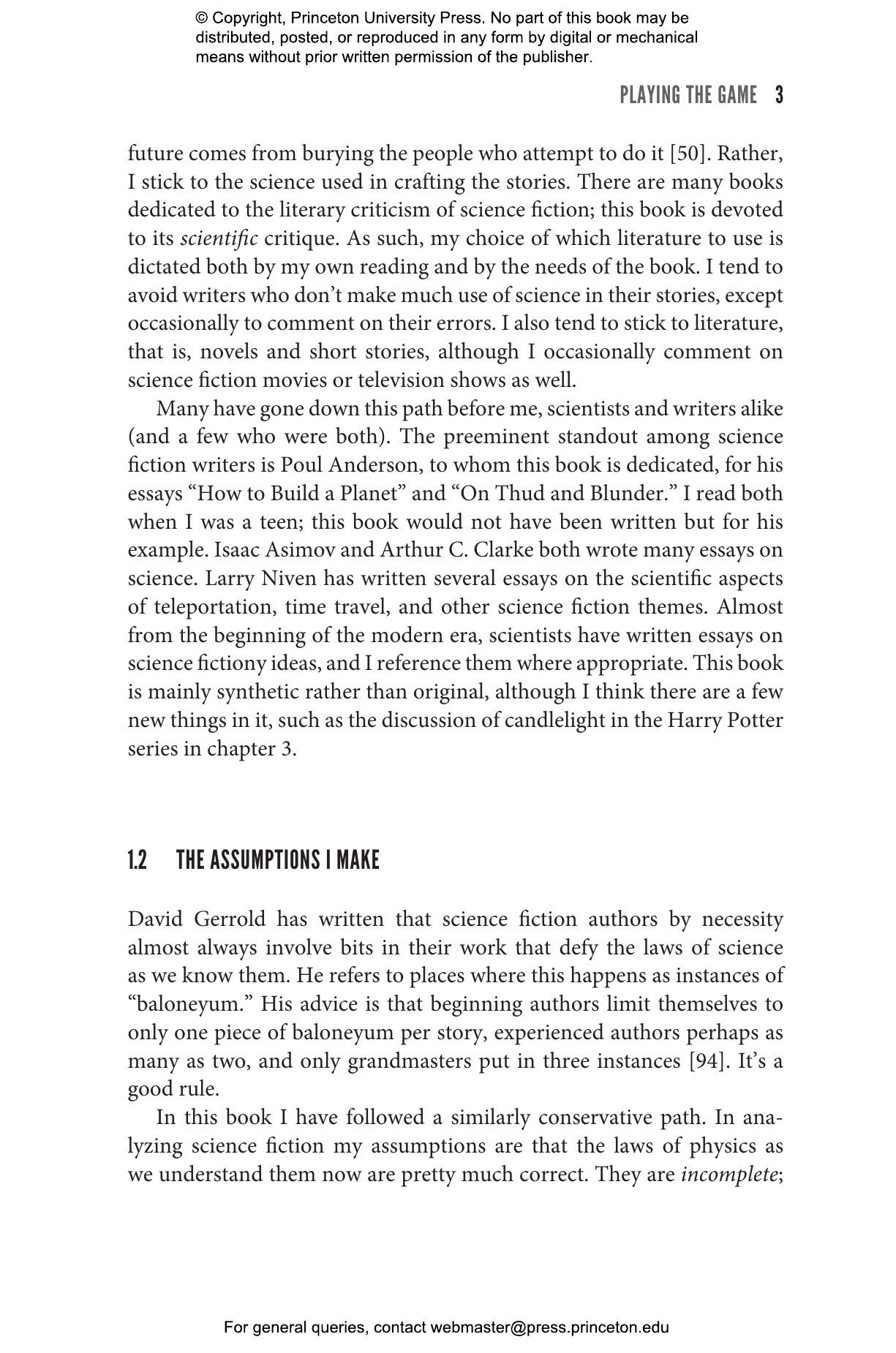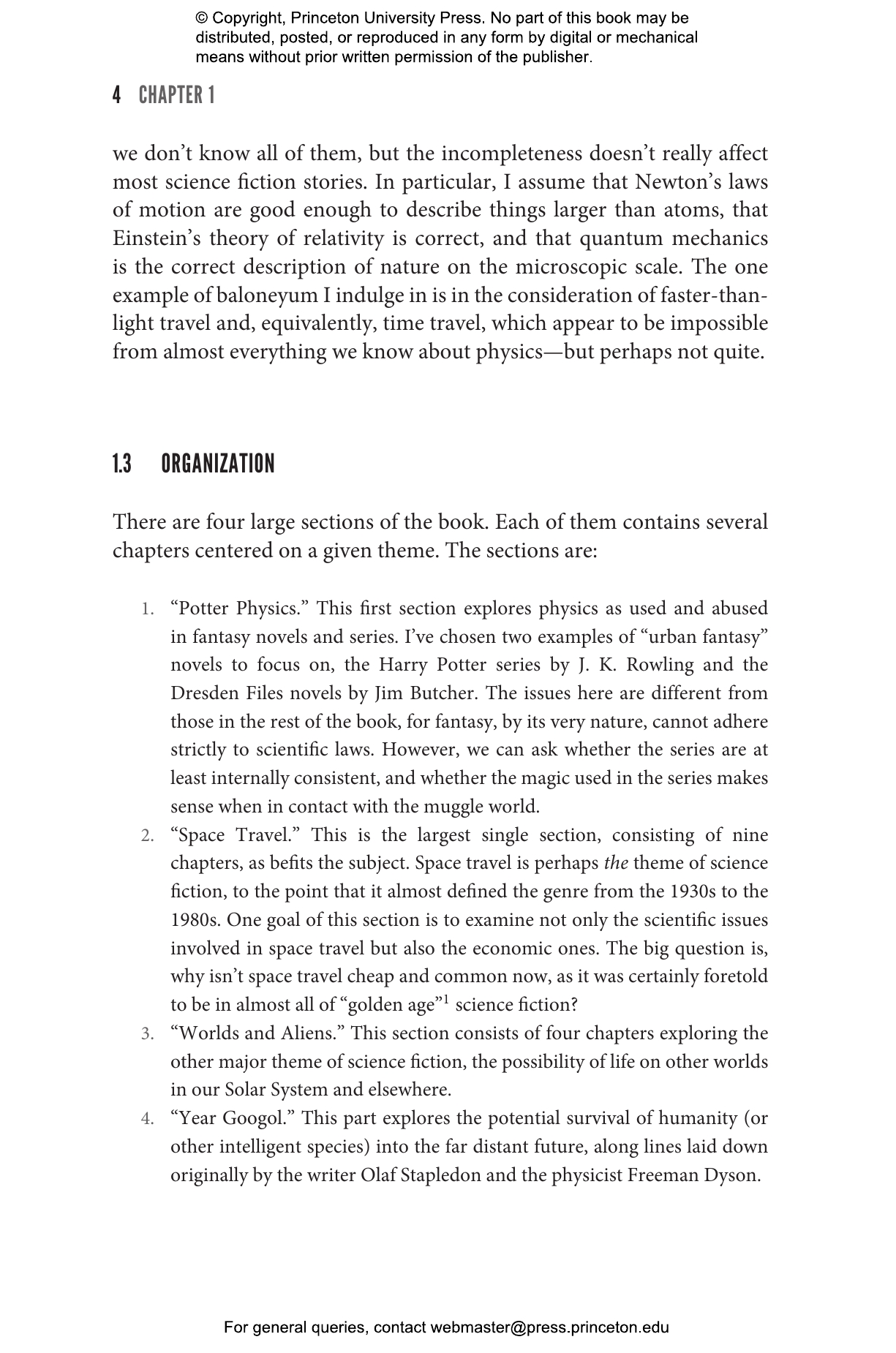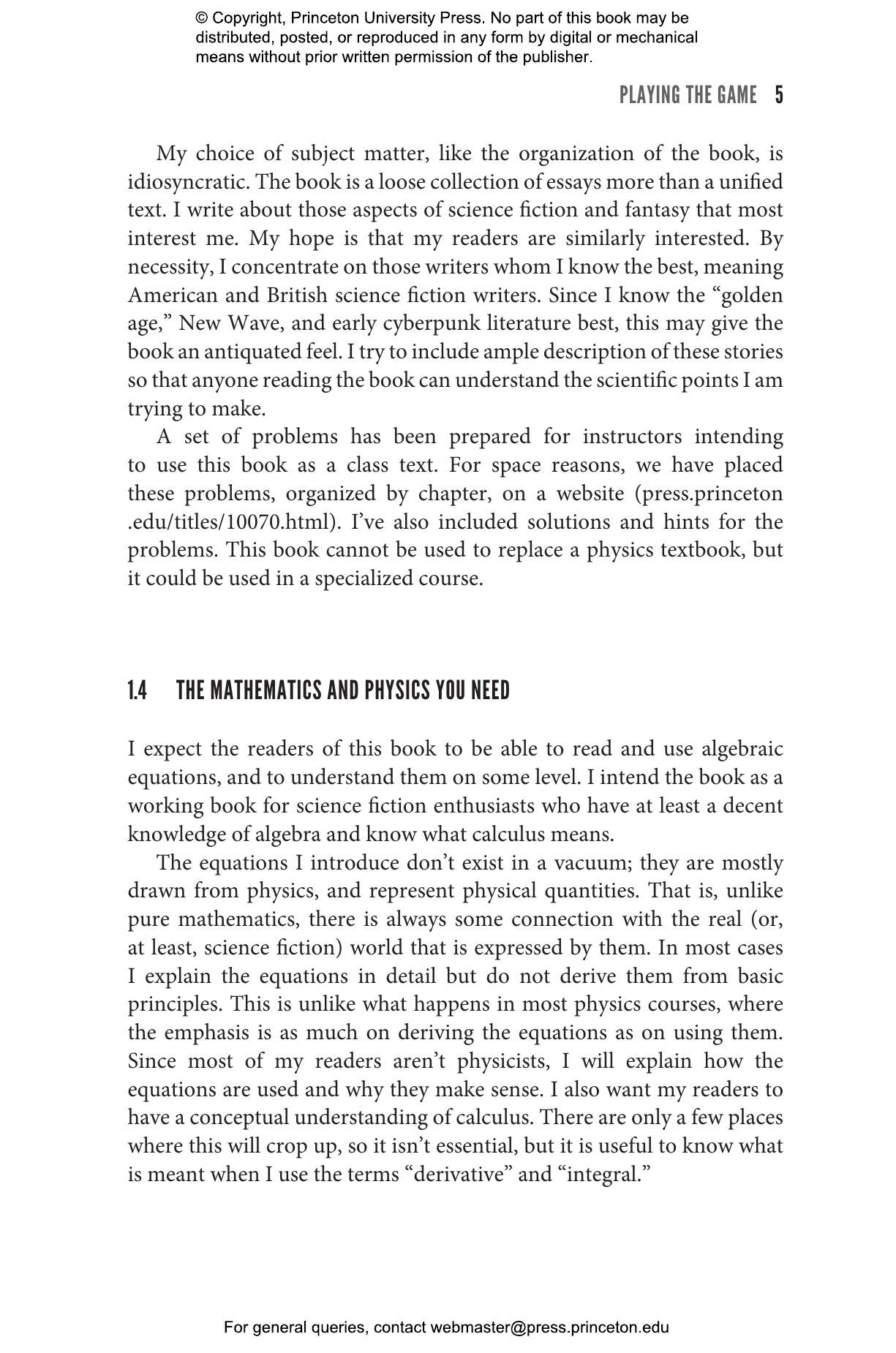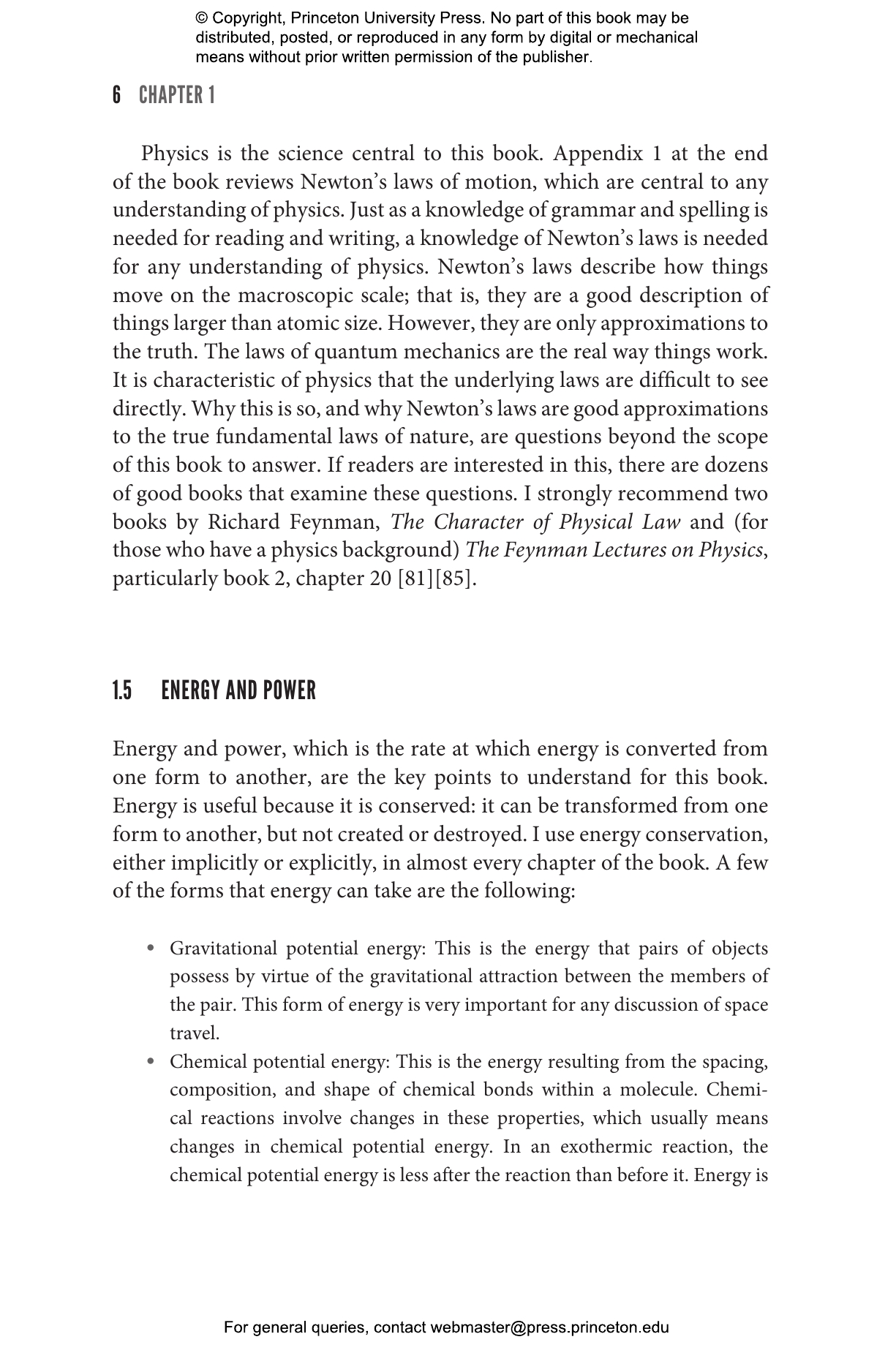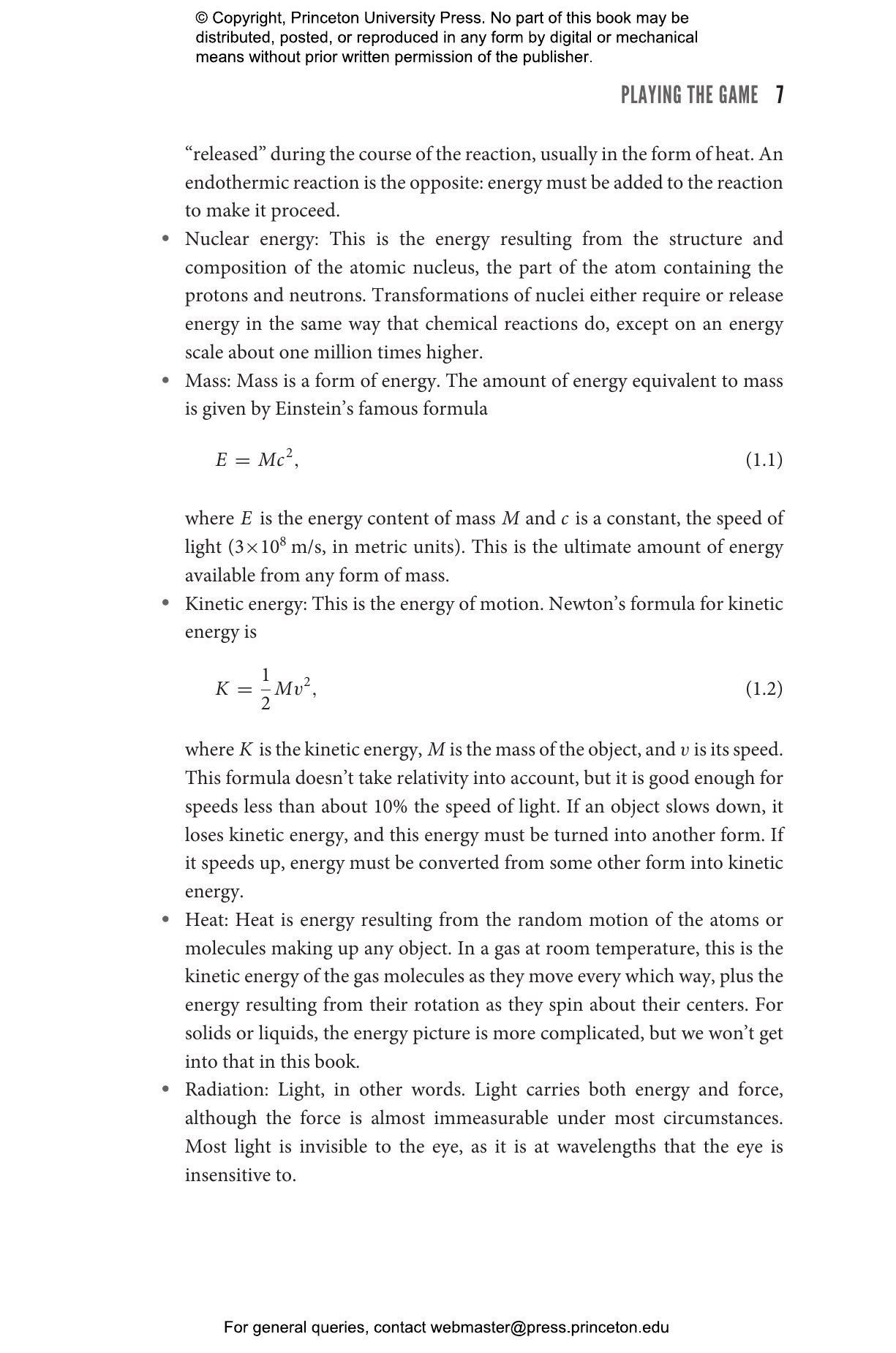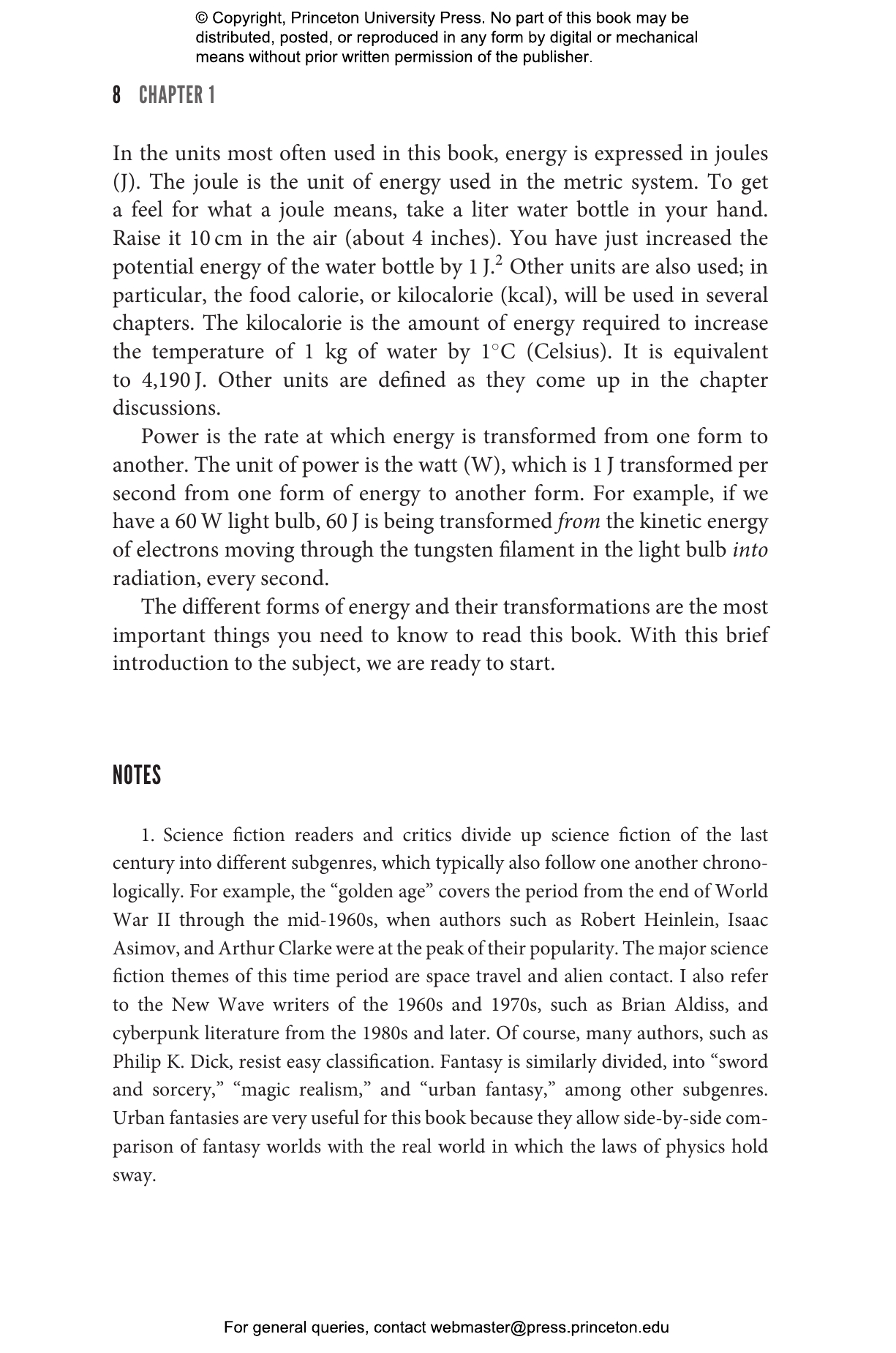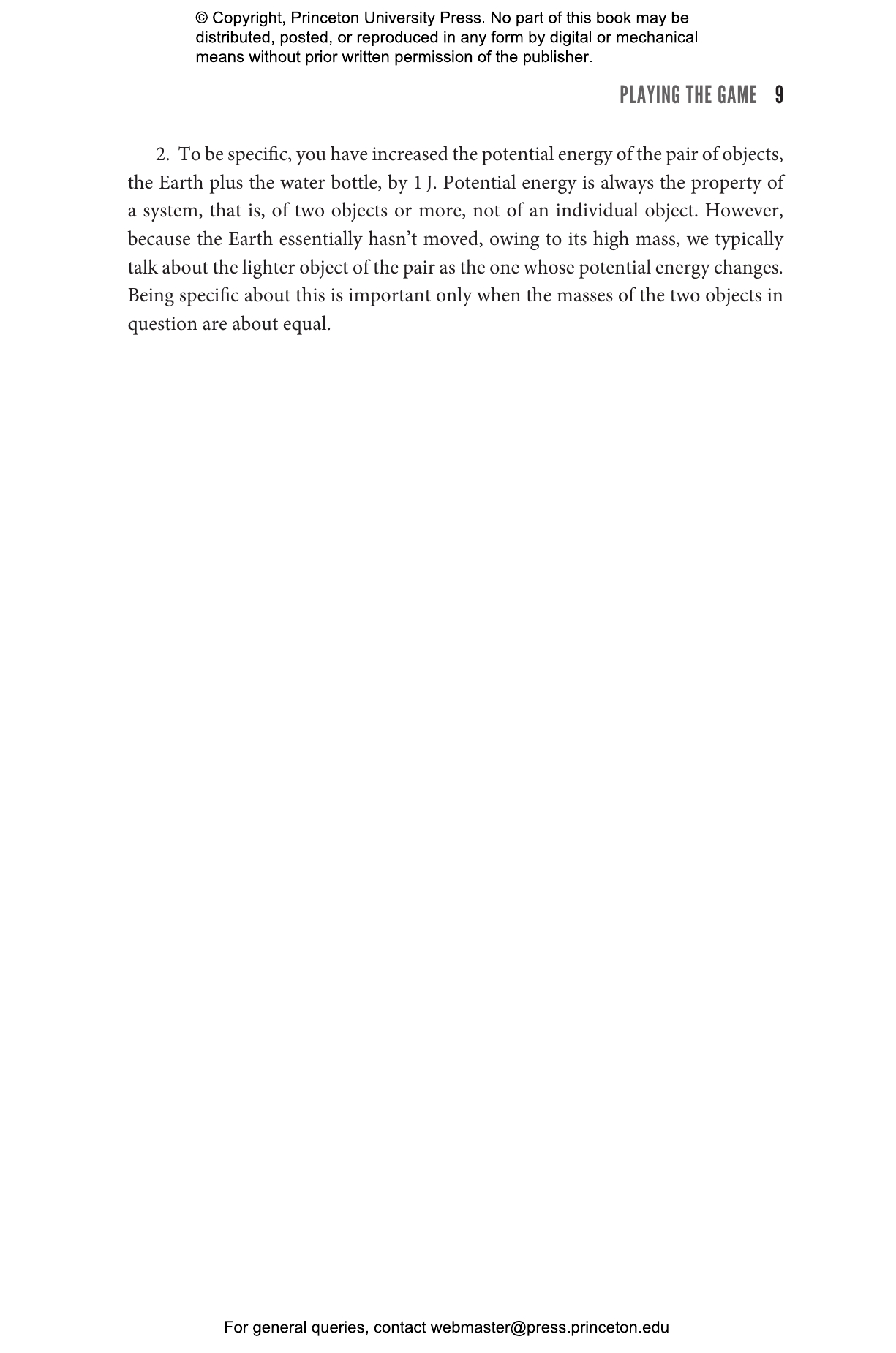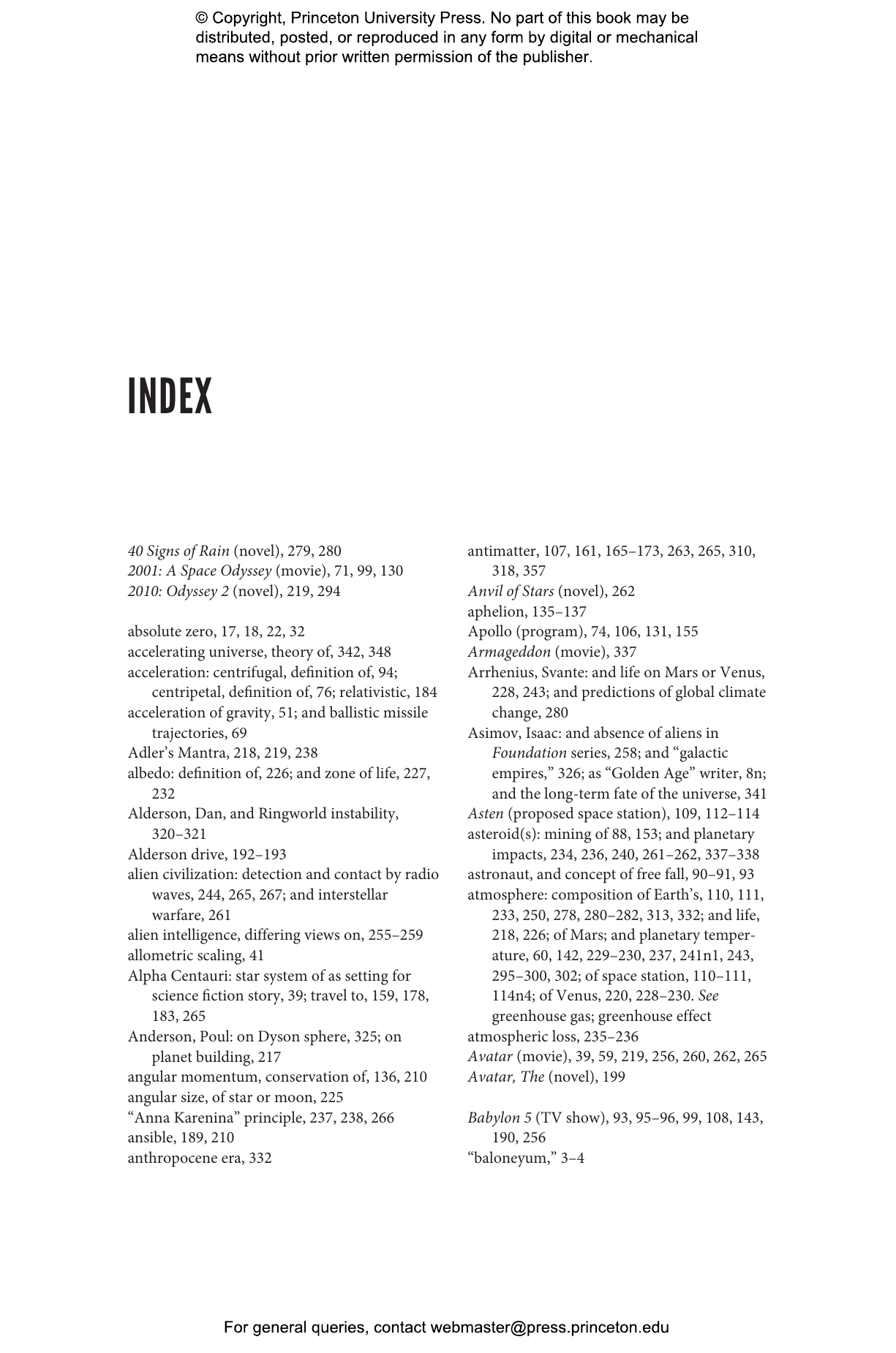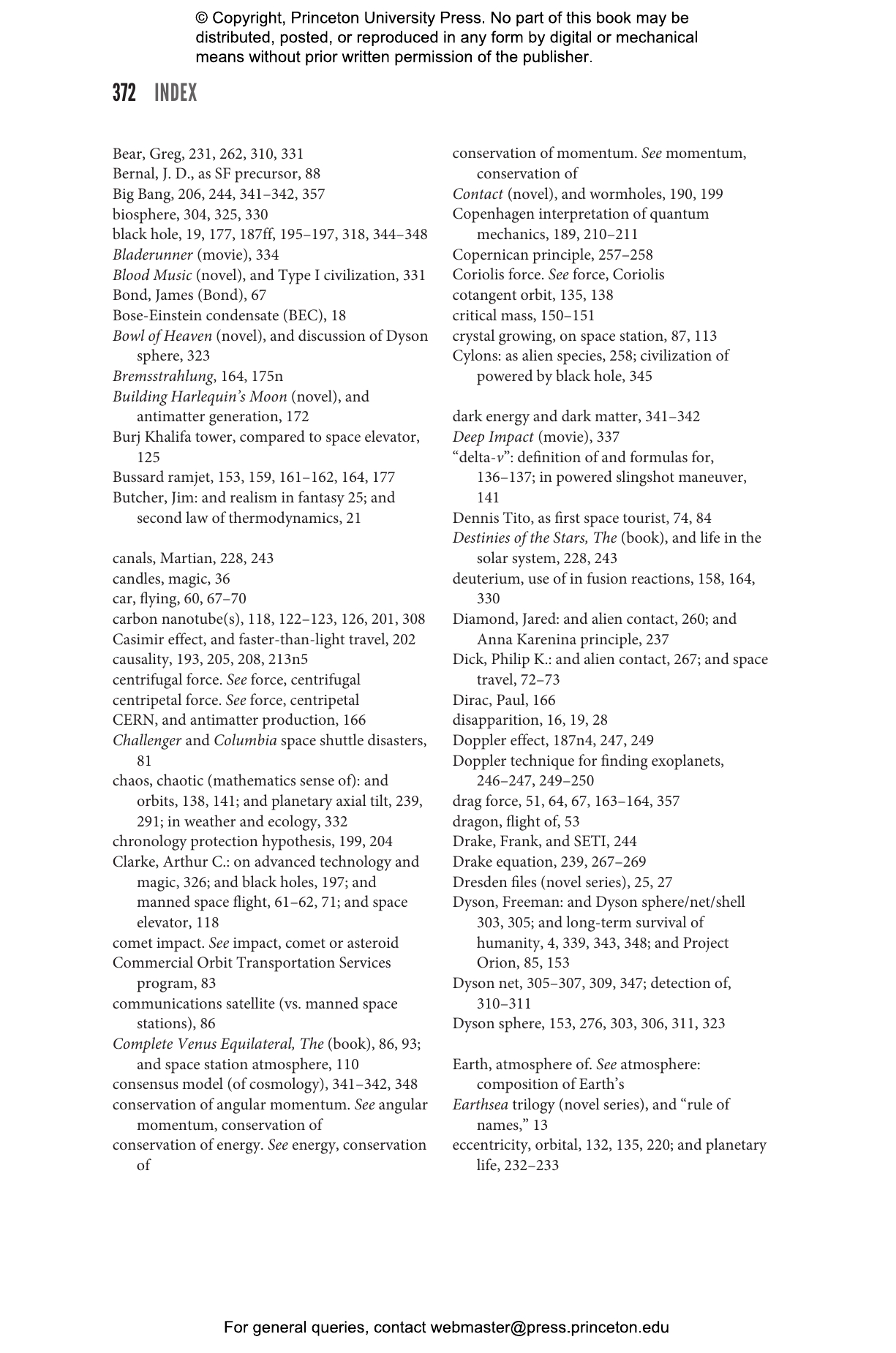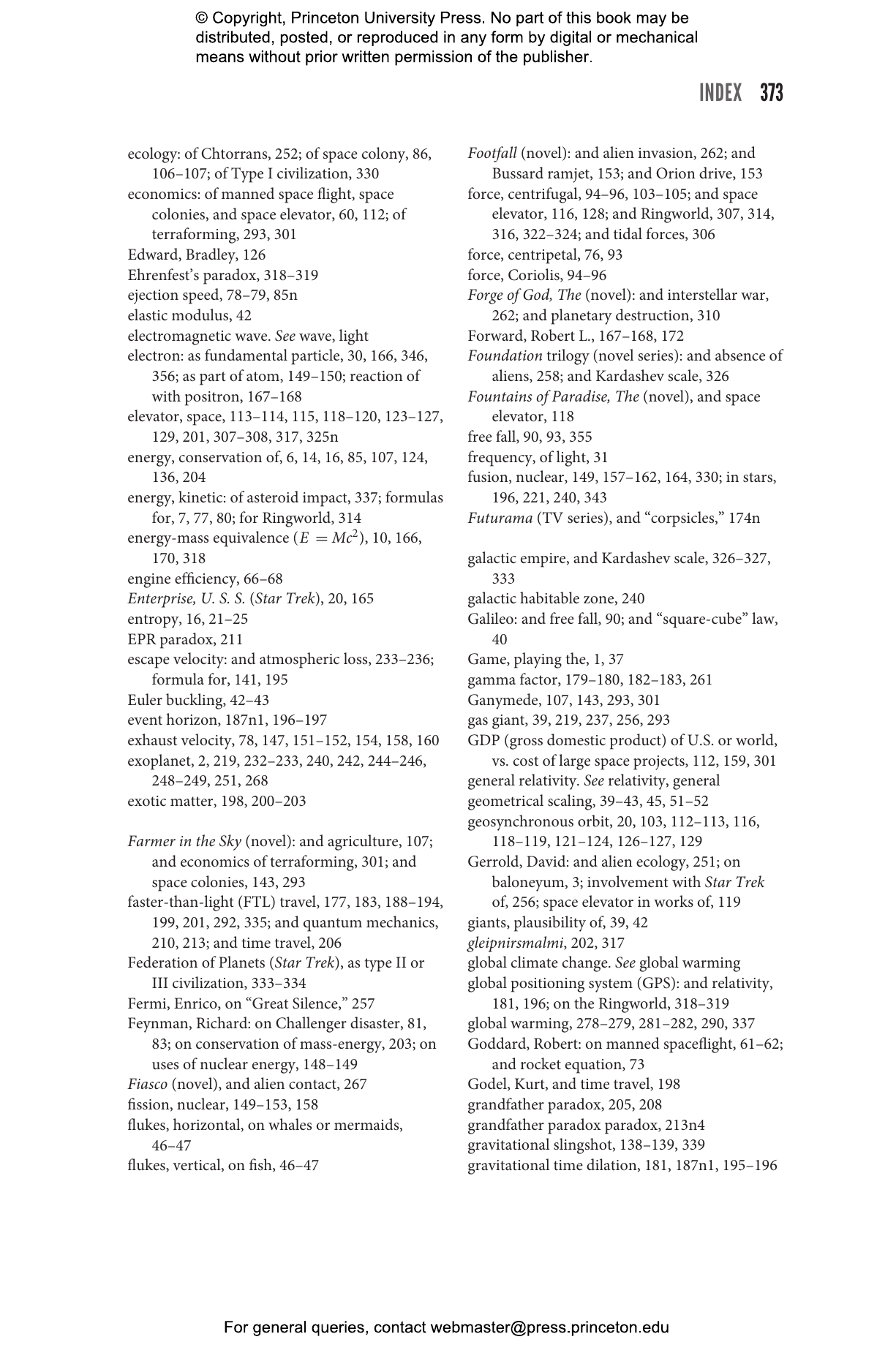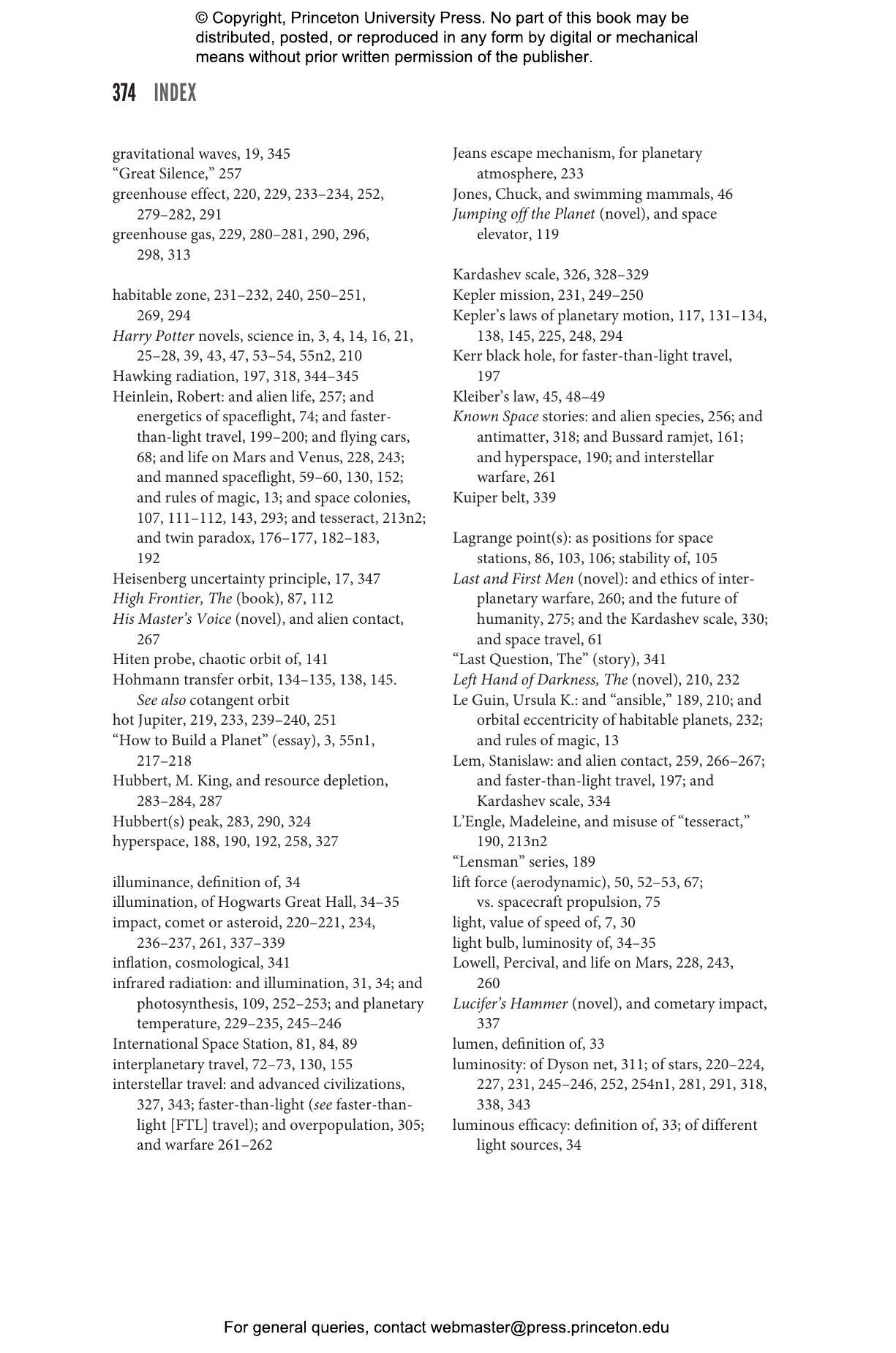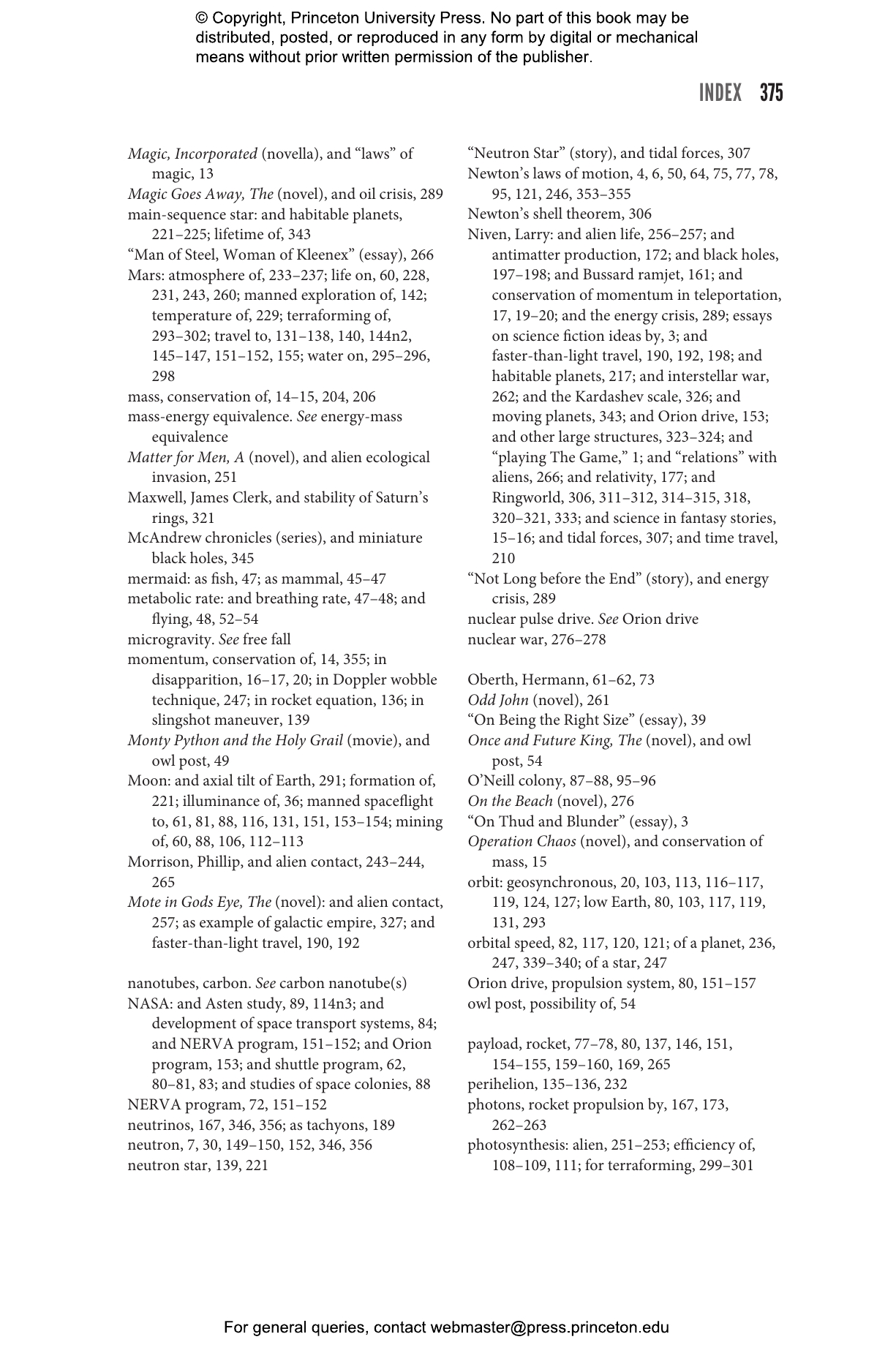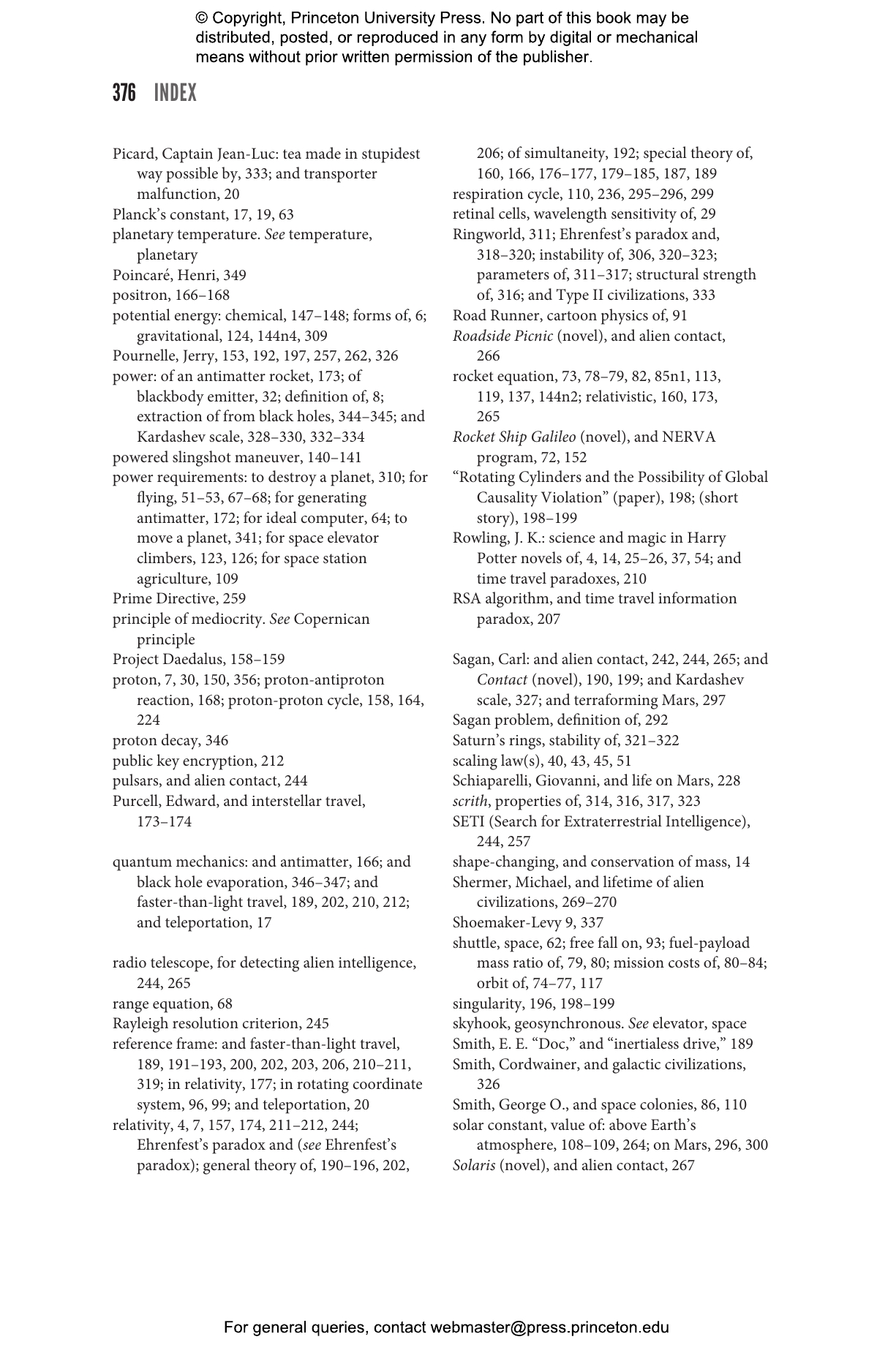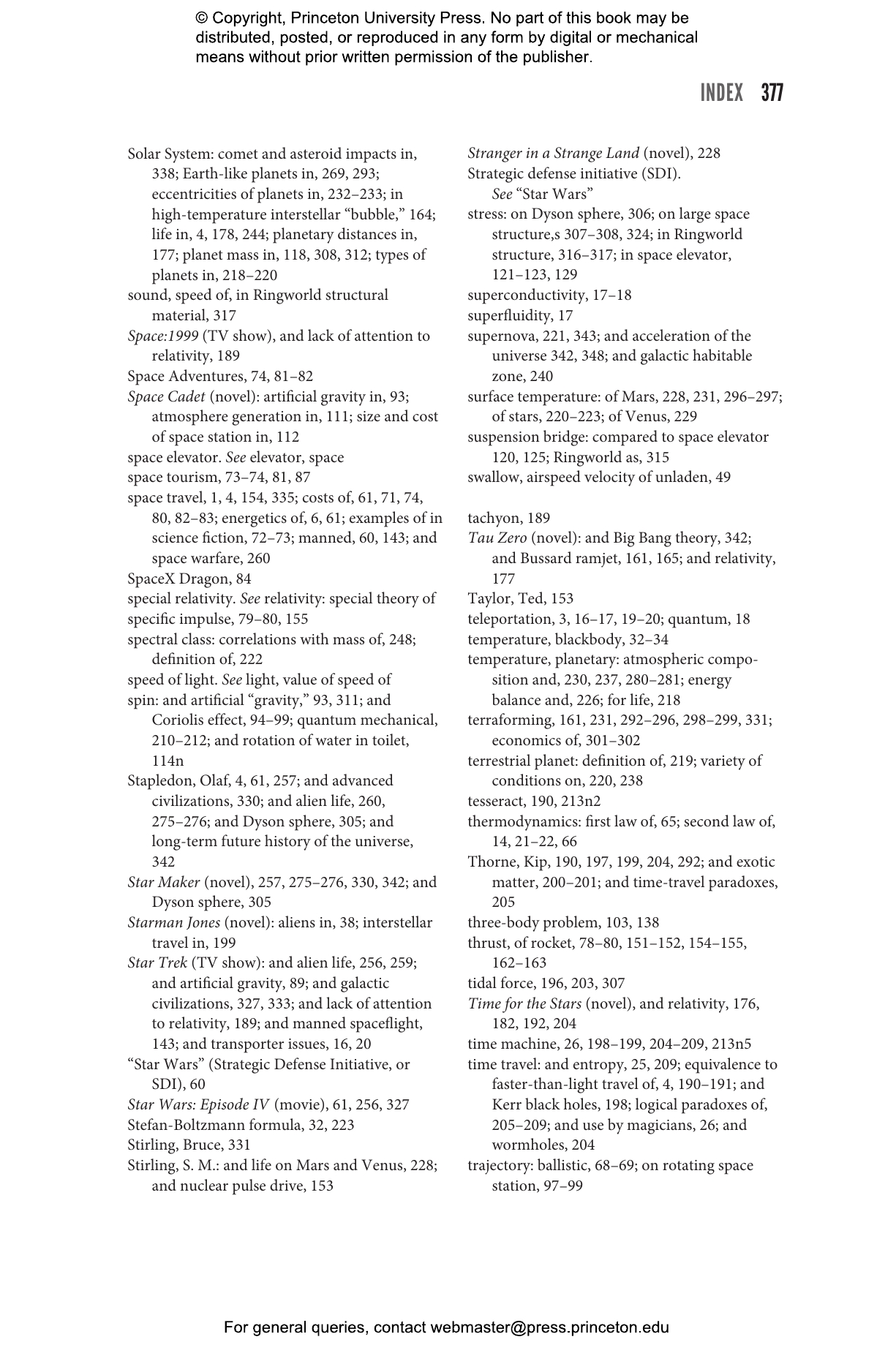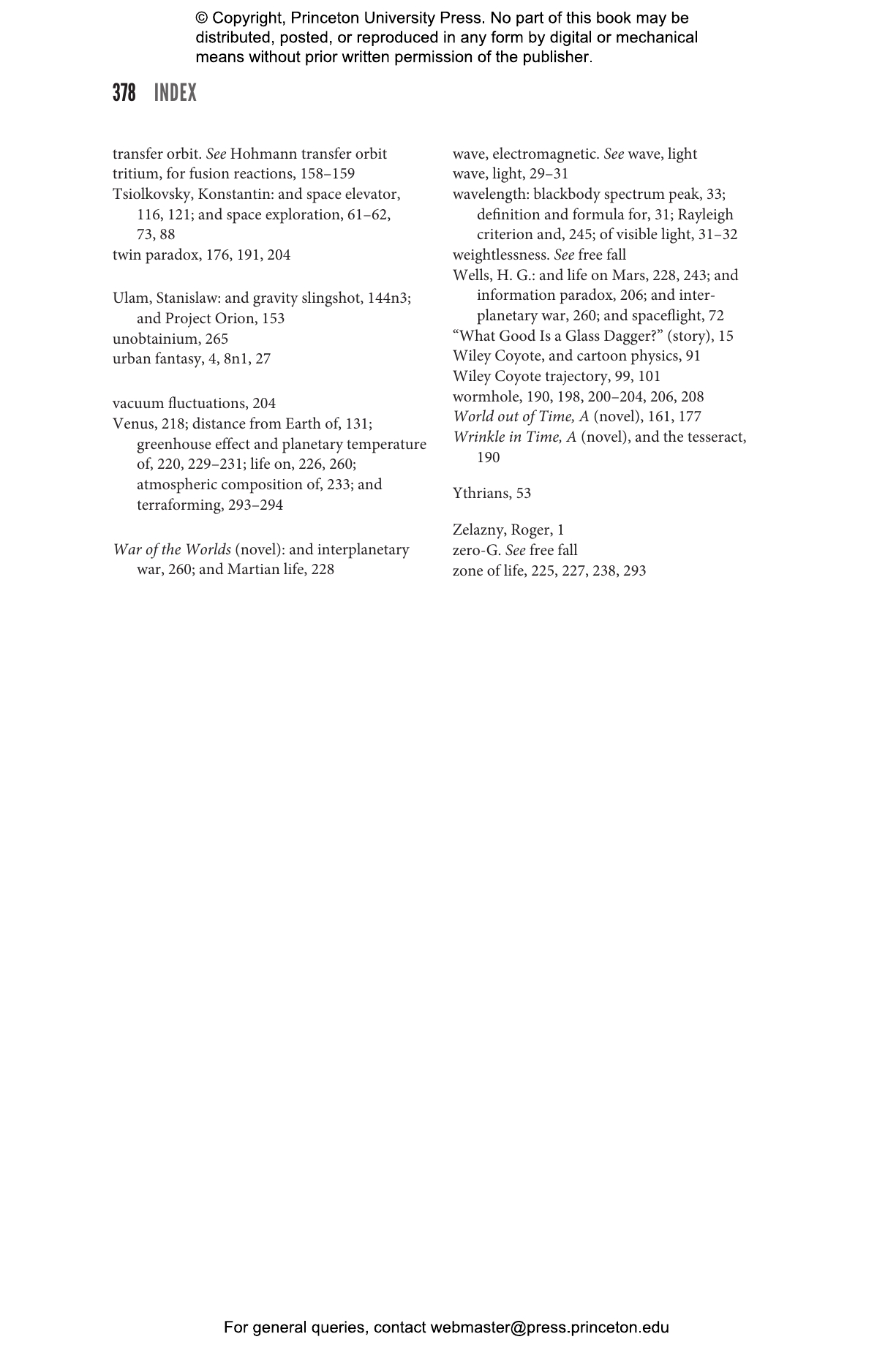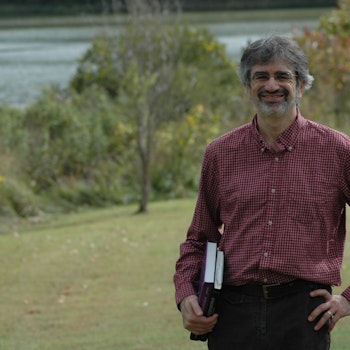From teleportation and space elevators to alien contact and interstellar travel, science fiction and fantasy writers have come up with some brilliant and innovative ideas. Yet how plausible are these ideas—for instance, could Mr. Weasley’s flying car in the Harry Potter books really exist? Which concepts might actually happen, and which ones wouldn’t work at all? Wizards, Aliens, and Starships delves into the most extraordinary details in science fiction and fantasy—such as time warps, shape changing, rocket launches, and illumination by floating candle—and shows readers the physics and math behind the phenomena.
With simple mathematical models, and in most cases using no more than high school algebra, Charles Adler ranges across a plethora of remarkable imaginings, from the works of Ursula K. Le Guin to Star Trek and Avatar, to explore what might become reality. Adler explains why fantasy in the Harry Potter and Dresden Files novels cannot adhere strictly to scientific laws, and when magic might make scientific sense in the muggle world. He examines space travel and wonders why it isn’t cheaper and more common today. Adler also discusses exoplanets and how the search for alien life has shifted from radio communications to space-based telescopes. He concludes by investigating the future survival of humanity and other intelligent races. Throughout, he cites an abundance of science fiction and fantasy authors, and includes concise descriptions of stories as well as an appendix on Newton’s laws of motion.
Wizards, Aliens, and Starships will speak to anyone wanting to know about the correct—and incorrect—science of science fiction and fantasy.
Awards and Recognition
- Co-Winner of the 2015 AIP Science Writing Award for Books, American Institute of Physics
- One of Physics World's Top Ten Books of the Year for 2014
- One of The Guardian’s Best Popular Physical Science Books of 2014, chosen by GrrlScientist
"Whether as a text for a course or as a vehicle for self-study, this book makes for interesting, educational and thought-provoking reading."—Mark Hunacek, MAA Reviews
"Adler does a grand job of showing just how powerful even basic maths and physics can be. If you're a budding back-of-the-envelope boffin not afraid of a bit of algebra, you'll love this book."—Robert Matthews, BBC Focus Magazine
"I can't work out whether I love or hate this book. I love it because its analysis of the physics behind numerous accounts of magic and space exploration in fantasy and science fiction writing is fascinating. I hate it because it reveals why I will never be able to realise my dream of saying 'Beam me up, Scotty' before being teleported; or so Charles Adler has convinced me. . . . The physics is well explained and Adler offers entertaining examples."—Noel-Ann Bradshaw, Times Higher Education
"Wizards, Aliens, and Starships is a great book by itself or as a starting point for exploring the physics of space exploration as well as the classics in science fiction."—Robert Schaefer, New York Journal of Books
"For those who want to learn the hard facts about the realities of space travel or the chances for alien life, and as an engaging supplemental text for physics and astronomy courses, Wizards, Aliens, and Starships would be an admirable choice."—Sidney Perkowitz, Scientists' Bookshelf
"[A] rewarding and thought-provoking read."—Paul Sutherland, BBC Sky at Night
"[T]his book offers a lot, not only to SF authors but to any of you who want to see the real science in operation because this supplies most of the answers you need. Make sure your copy gets a serious read and well-thumbed."—G.F. Willmetts, SFCrowsnest
"This book will speak to anyone wanting to know about the correct—and incorrect—science of science fiction and fantasy."—Lunar and Planetary Information Bulletin
"[T]his is an interesting, well-written book, and Adler has put a lot of work into it. It should be invaluable for anyone wanting to write really accurate science fiction."—Popular Science
"There is much . . . in this book to interest readers interested in astronomy and astronautics and I think it will be likely to appeal to physics students."—John Harney, Magonia
"Charles L. Adler, professor in the physics department at St. Mary's College in Maryland, is one of us—he's a lifelong fan of SF, and he knows what he's talking about. And Wizards, Aliens, and Starships is a great book for Analog readers, as well as anyone who wants to write hard SF. I mean, it's got honest-to-goodness equations—and the book is dedicated to Poul Anderson. . . . Wizards, Aliens, and Starships is a love letter to science fiction."—Don Sakers, Analog Science Fiction and Fact
"Hugely entertaining and scientifically sound."—Paul Gilster, Centauri Dreams
"What a fun book!"—Keith Cooper, Astronomy Now
"Wizards, Aliens, and Starships manages to thread the needles of both scientific literacy and accuracy when it comes to the properties he's exploring. Whether it's conservation of mass in shapeshifting, lighting candles at Hogwarts, or building a planet, Adler keeps the science accessible and the fanboys and girls happy."—Glenn Dallas, San Francisco Book Review
"Wizards, Aliens, and Starships [is] a book that combines my love for science and my love for science fiction. . . . I did quite like this book and would recommend it for any academic library that collects popular science or science fiction. Large public libraries would also find this book to be useful as would many high school libraries. It would also make a great gift to any young person (or not so young!) who loves science fiction and has a bit of scientific background."—John Dupuis, Confessions of a Science Librarian
"[T]his is a towering achievement. . . . [I]t is certainly one of the coolest textbooks one will find anywhere. . . . Any fan of science fiction or fantasy who wants to understand what is real and what is imaginary will almost certainly enjoy this book, and can look forward to learning what may be possible, both in great fiction and in the real universe."—Jonathan T. Malay, Quest
"This is a good, interesting, well-written, and often humorous work. Adler obviously loves all types of science fiction—books, short stories, films, TV—and enjoys thinking through their scientific aspects. . . . Overall, the book provides a thorough treatment of science fiction and an introduction to much of physics and astronomy."—Choice
"[T]his is an exciting book. . . . I would not hesitate to recommend it to anyone who is interested in understanding the relationship between physics and science fiction. Instructors of introductory physics courses, especially, will find it a valuable supplement to dry physics textbooks, and its use may even boost students' evaluations of the course. I will certainly use it in my classes."—Costas Efthimiou, Physics World
"Wizards, Aliens, and Starships: Physics and Math in Fantasy and Science Fiction is a fascinating book. As I started to read it, what immediately caught my attention was the passion and excitement that author Charles Adler instills in the text. I couldn't put it down."—Edward Belbruno, Physics Today
"One pleasure to be had from the book is learning how to work out why some fantastic idea is ridiculous (but another one just might succeed) from a couple of physical principles and a few lines of algebra. Another pleasure is being infected by Adler's enthusiasm for epic science fiction."—Peter Macgregor, Mathematical Gazette
"To only call Wizards, Aliens, and Starships engaging would be a real understatement—it is a delightful, funny, and immensely interesting romp through science and fiction. From candlepower to teleportation, all the way to the fate of the cosmos in the span of a googol years, this is a cornucopia of teachable material. It is also a reminder of the simple thrill of applying science to the world around us, real or imagined. A new classic."—Caleb Scharf, author of Gravity's Engines and The Copernicus Complex
"This terrific book analyzes the romantic ideas of science fiction using the hard-nosed reality of the laws of physics. It will interest all readers, from Star Trek enthusiasts to astrophysicists."—Paul Nahin, author of The Logician and the Engineer
"Wizards, Aliens, and Starships rigorously applies the principles of physics to concepts, plot devices, and other features of science fiction and fantasy books, films, and television series. Readers who follow Adler's carefully developed analyses will learn a great deal about familiar science fiction tropes, physics, and how scientists think about the world. An exceptional book."—A. Bowdoin Van Riper, author of Science in Popular Culture


